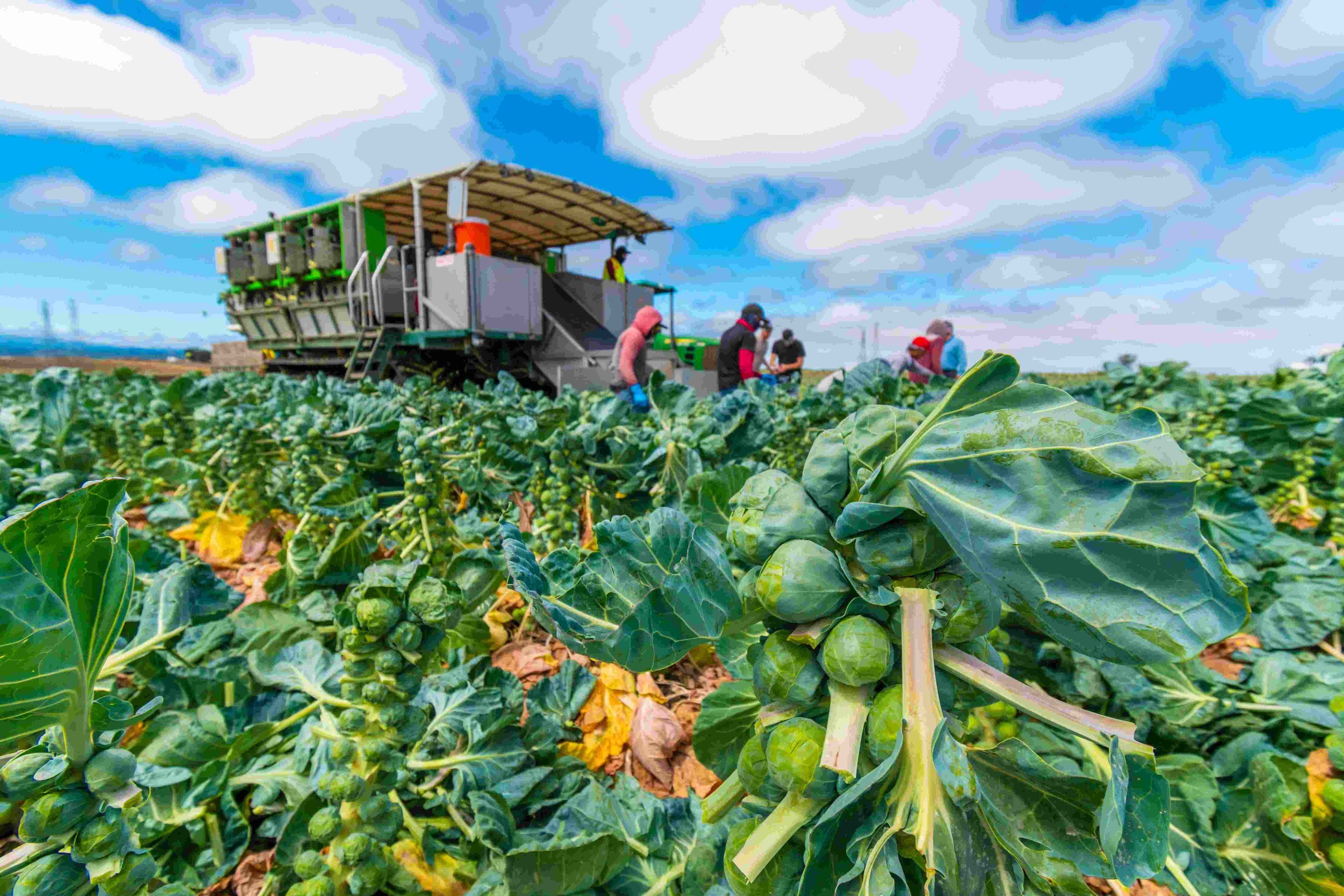Have you ever wondered how the food on your plate gets there? The journey from farm to table is a complex one, involving many steps and people. In this article, we will take a closer look at this journey, exploring the challenges and benefits of sourcing locally, the role of chefs in the farm-to-table movement, and the impact of farm-to-table on local economies. By understanding the journey of food, we can better appreciate the value of our food and make more informed choices about what we eat. Let’s dive in!
The Journey of Food from Farm to Table: A Step-by-Step Guide
From Seed to Harvest
The journey of food from farm to table begins with a seed. Farmers plant seeds in the ground, and with the help of sunlight, water, and nutrients from the soil, the seeds grow into plants. The plants then produce flowers, which are pollinated by bees and other insects. After pollination, the flowers develop into fruits or vegetables.
Harvesting and Processing
Once the crops are ripe, they are harvested by farmers. The crops may be harvested by hand or by machine. After harvesting, the crops may be processed in a variety of ways, such as washing, sorting, and packaging.
Transportation
After processing, the crops are transported to market. The crops may be transported by truck, train, or ship. The transportation process can take several days or even weeks, depending on the distance between the farm and the market.
Distribution
Once the crops arrive at the market, they are distributed to grocery stores, restaurants, and other food businesses. The crops may be sold fresh, frozen, or canned.
Consumption
Finally, the food is purchased by consumers and eaten. Consumers may cook the food at home or eat it at a restaurant. The journey of food from farm to table is now complete!

Challenges and Benefits of Sourcing Locally
Challenges of Sourcing Locally
There are a few challenges associated with sourcing food locally. One challenge is that it can be more expensive than sourcing food from large, industrial farms. This is because local farmers often have higher production costs, such as labor costs and land costs. Another challenge is that it can be difficult to find local farmers who can supply the quantity and quality of food that you need. Finally, sourcing locally can be more time-consuming than sourcing food from large, industrial farms. This is because you may need to visit multiple farms to find the food that you need.
Benefits of Sourcing Locally
Despite the challenges, there are also many benefits to sourcing food locally. One benefit is that it can be more sustainable than sourcing food from large, industrial farms. This is because local farms often use more sustainable farming practices, such as organic farming and crop rotation. Another benefit is that sourcing food locally can help to support your local economy. When you buy food from local farmers, you are helping to keep money in your community. Finally, sourcing food locally can be a great way to get fresher, more nutritious food. This is because local food does not have to travel as far to get to your plate, so it retains more of its nutrients.
| Benefit | Description |
|---|---|
| Sustainability | Local farms often use more sustainable farming practices. |
| Support local economy | When you buy food from local farmers, you are helping to keep money in your community. |
| Fresher, more nutritious food | Local food does not have to travel as far to get to your plate, so it retains more of its nutrients. |

The Role of Chefs in the Farm-to-Table Movement
Chefs as Advocates for Local Food
Chefs play a vital role in the farm-to-table movement. They are the ones who create the dishes that showcase the flavors of local ingredients. By using local ingredients, chefs can help to support local farmers and businesses. They can also help to educate their customers about the importance of eating seasonally and sustainably.
Chefs as Innovators
Chefs are also innovators who are constantly coming up with new ways to use local ingredients. They experiment with different cooking techniques and flavor combinations to create dishes that are both delicious and sustainable. By pushing the boundaries of what is possible with local ingredients, chefs can help to make farm-to-table cuisine more appealing to a wider range of people.
| Chef | Restaurant | Location |
|---|---|---|
| Dan Barber | Blue Hill at Stone Barns | Pocantico Hills, NY |
| Alice Waters | Chez Panisse | Berkeley, CA |
| René Redzepi | Noma | Copenhagen, Denmark |
Chefs as Educators
In addition to being advocates and innovators, chefs are also educators. They can teach their customers about the importance of eating seasonally and sustainably. They can also help their customers to learn how to cook with local ingredients. By educating their customers, chefs can help to create a more informed and engaged consumer base for farm-to-table cuisine.

The Impact of Farm-to-Table on Local Economies
Creating Jobs and Economic Growth
Farm-to-table initiatives create jobs and stimulate economic growth in local communities. Farmers, food processors, distributors, and restaurants all benefit from the increased demand for locally sourced food. A study by the Leopold Center for Sustainable Agriculture found that every $1 spent on local food generates $2 in economic activity within the community.
| Example | Description |
|---|---|
| Case Study | A study by the University of California, Berkeley found that the farm-to-table movement in California has created over 100,000 jobs. |
Supporting Small Businesses
Farm-to-table initiatives support small businesses, such as family farms and independent restaurants. These businesses are the backbone of local economies, and they rely on the support of their communities. By choosing to eat at farm-to-table restaurants and покупать from local farmers, you can help to keep these businesses thriving.
Investing in the Future
Farm-to-table initiatives invest in the future of our food system. By supporting local farmers, we are helping to ensure that we have a sustainable and resilient food supply for generations to come. Local farmers are more likely to use sustainable farming practices, such as organic farming and crop rotation. These practices help to protect our environment and ensure that our food is safe and nutritious.“Farm-to-table is not just a trend, it’s a movement. It’s about creating a more sustainable and equitable food system for everyone.” – Alice Waters, chef and owner of Chez Panisse

Final Thought
The journey of food from farm to table is a complex one, but it is one that is essential for our health and well-being. By supporting local farmers and businesses, we can help to create a more sustainable and equitable food system. So next time you sit down to eat, take a moment to think about the journey that your food has taken to get to your plate. Appreciate the hard work of the farmers, chefs, and others who have made it possible for you to enjoy a delicious and nutritious meal.




